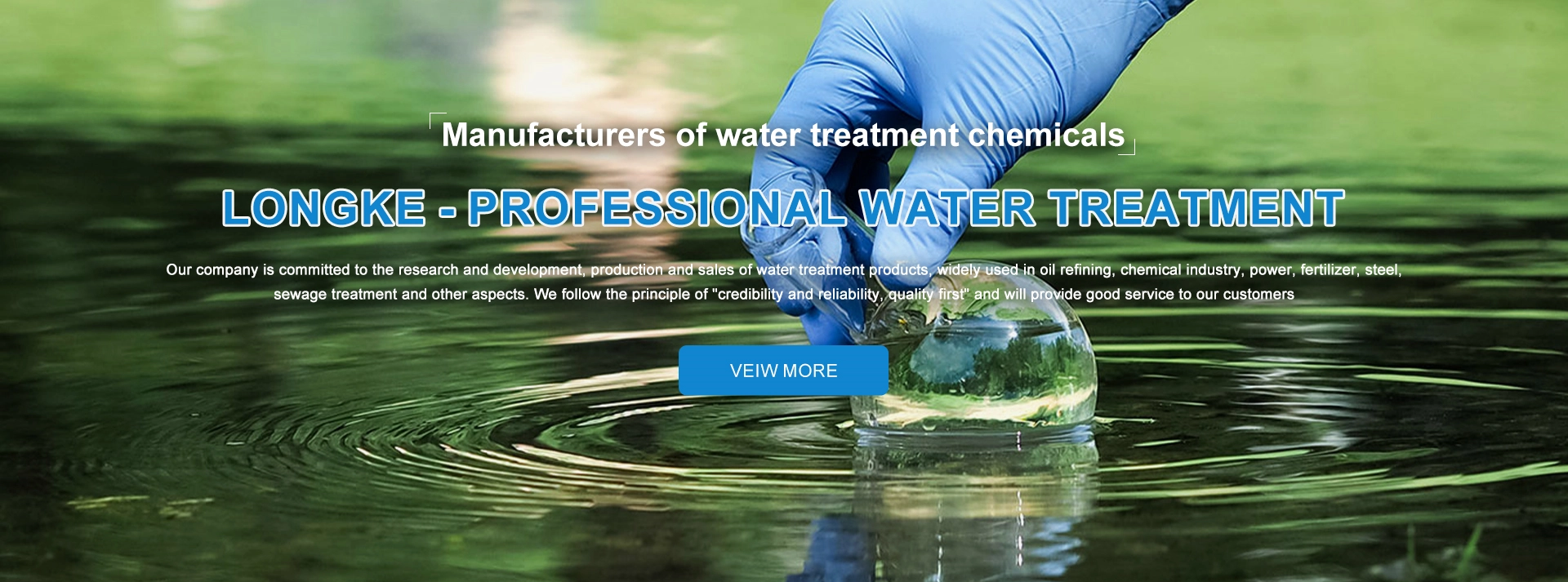Exploring the Properties and Applications of Atmp Acid in Environmental and Industrial Fields
Understanding ATMP Acid Structure, Function, and Applications
ATMP acid, or aminotrimethylene phosphonic acid, is a versatile compound that belongs to the family of phosphonic acids. This compound plays a significant role in various industrial and chemical processes due to its unique structural features and functional properties. With the growing demand for efficient additives and reagents in different sectors, ATMP acid has garnered significant attention for its wide-ranging applications, particularly in water treatment, oil and gas industries, and agricultural practices.
Structure of ATMP Acid
The molecular structure of ATMP acid is composed of a phosphonic acid group attached to a trimethylene backbone. This specific configuration provides the compound with both acidic properties and the ability to chelate metal ions. The presence of amino groups in its structure enhances its capacity to interact with various substrates, making it an essential chelating agent. The ability of ATMP acid to form stable complexes with metal ions, particularly calcium and magnesium, underscores its effectiveness in applications where scale formation needs to be inhibited.
Functionality and Properties
One of the most distinguished properties of ATMP acid is its high chelating efficiency for divalent and trivalent metal ions. When dissolved in water, ATMP acid readily forms strong complexes that prevent the precipitation of undesired scale deposits. This characteristic makes it particularly useful in water treatment processes. It helps in preventing scale formation in cooling towers, boilers, and pipelines, which can otherwise lead to significant efficiency losses and costly maintenance.
Moreover, ATMP acid is highly soluble in water, making it easy to handle in various formulations. Its stability over a wide range of pH levels further adds to its utility in different environments. Moreover, ATMP acid displays low toxicity, which allows it to be safely used in applications related to agriculture and food processing.
Applications in Industry
atmp acid

The applications of ATMP acid span across numerous industries. In water treatment, it is frequently used as an antiscalant and dispersant. By controlling scale formation, ATMP acid ensures the smooth operation of water systems and extends the lifespan of equipment.
In the oil and gas industry, ATMP acid is utilized as a corrosion inhibitor. The stabilization of metal ions prevents corrosion in pipelines and equipment, ultimately enhancing reliability and operational efficiency. Furthermore, ATMP acid finds applications in the formulation of fertilizers, where it acts as a chelating agent that enhances nutrient availability to plants, thereby promoting healthier growth cycles.
In the realm of cleaning products, ATMP acid is also employed for its ability to soften water, improve cleaning efficacy, and prevent soil buildup. It is incorporated into household and industrial cleaning formulations, demonstrating its adaptability across different markets.
Environmental Considerations
As with any chemical compound, the environmental impact of ATMP acid must be taken into account. Although it is generally considered to have low toxicity, proper management and disposal practices are essential to minimize any potential ecological risks. Adopting green chemistry principles in the production and application of ATMP acid can facilitate sustainable practices while maximizing the benefits it offers.
Conclusion
In summary, ATMP acid stands out as a multifunctional compound that plays a crucial role in various industries. Its chelating properties, coupled with its ease of use and low toxicity, make it an ideal choice for applications in water treatment, oil and gas, and agriculture. As industries continue to seek efficient and effective solutions, the importance of compounds like ATMP acid is likely to grow, reflecting the evolving needs and challenges of modern-day applications. The future of ATMP acid appears promising, paving the way for innovative uses and sustainable practices across various sectors.
-
Pbtc Scale InhibitorPBTC: A Scale Protector for Industrial Water TreatmentNewsAug.05,2025
-
Organic Phosphonate: An Efficient Defender in the Field of Scale InhibitionNewsAug.05,2025
-
Hydrolyzed Polymaleic Anhydride: Green Pioneer in Scale Inhibition FieldNewsAug.05,2025
-
PAPEMP Polyamino Polyether Methylene Phosphonic Acid For SaleNewsAug.05,2025
-
Flocculant Water Treatment: A Pioneer in Purification in the Field of Water TreatmentNewsAug.05,2025
-
Benzyl Isothiazolinone: An Efficient and Broad-Spectrum Antibacterial Protective GuardNewsAug.05,2025





